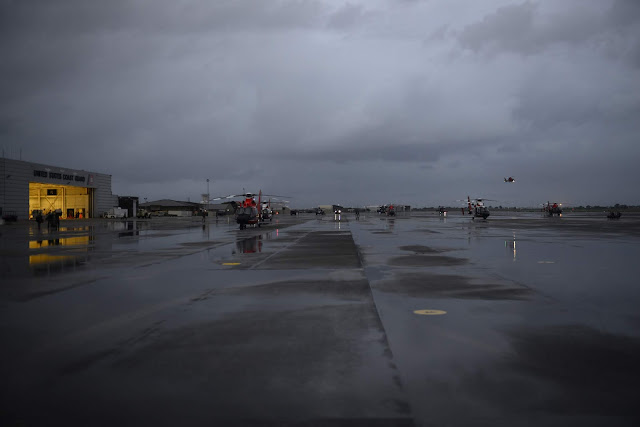BALTIMORE – Oct. 30, 2018 – For the first time, U.S. Air Force crew members from Misawa Air Force Base, Japan, participated in two live RED FLAG Alaska missions from virtual cockpits at the Misawa Mission Training Center. These training events demonstrate how Northrop Grumman Corporation (NYSE: NOC) is leading the advancement of Live, Virtual and Constructive (LVC) technologies with its LVC Experimentation, Integration, and Operations Suite (LEXIOS).
A U.S. Air Force F-16 Fighting Falcon taxis down the runway during exercise RED FLAG-Alaska 19-1, at Eielson Air Force Base, Alaska, Oct. 9, 2018. (U.S. Air Force photo by Airman 1st Class Collette Brooks)
“Our LVC solution highlights the value of Northrop Grumman to our U.S. and international customers and is tremendous for military training transformation,” said Martin Amen, director, secure network operations, Northrop Grumman. “We are at the leading edge of combining tactical simulator training with a live tactical event. When we started, LVC was seen as an adjunct capability. However, today LVC is an integrated depended-upon training element.”
The Misawa pilots took part in the Aug. 11-24 and Oct. 8-19 RED FLAG Alaska exercises. Northrop Grumman provided its LVC expertise in all four RED FLAG Alaska military training exercises. This represented the most comprehensive LVC offering to date and the team has now delivered advanced LVC content in more than 15 different large-scale exercises.
In this published article, Eielson Air Force Base described Northrop Grumman LVC training that took place at the most recent Northern Edge military training exercise.
Since 2015, the Pacific Air Forces LVC program has been implementing on-demand, LVC training capability for aircrews. Using LEXIOS and additional Northrop Grumman solutions, virtual cockpits, constructive (computer-generated) aircraft and weapons and live training exercises are integrated on the Joint Pacific Alaska Range Complex (JPARC) range.
“It’s an amazing feat to fuse JPARC with the virtual world via our engineering systems integration expertise. It showcases the broad capabilities of Northrop Grumman and enables our customers to expand and improve the training experience,” said David Royal, operations program manager, LVC operations, Northrop Grumman. “Our LVC expertise enhances the end-to-end operational training experience for the warfighter.”
As the integration and operations lead, Northrop Grumman has defined, developed and implemented an on-demand training architecture which integrates the existing global virtual and constructive training solutions such as the Combat Air Forces Distributed Mission Operations Network (DMON) and Mobile Air Forces Distributed Training Center Network to enhance live and synthetic aircrew training. This integrated solution provides a battle space where LVC platforms can seamlessly communicate, interact and train with one another.
Northrop Grumman’s LVC operations team leads the scheduling, mission planning and execution of all virtual sites and computer-generated assets, while managing event security and augmenting the battle space with role-playing platforms such as the E-8C JSTARS, RC-135 RIVET JOINT, and F-16CM when neither live aircraft or virtual sites are available for a specific event. Some of the sites involved included Misawa Air Base and Robins, Langley, Ellsworth, Orlando, Eielson and Elmendorf Air Force Bases.
According to Royal, the exercise participants get a better training experience when the synthetic elements are added to their live training, giving them access to all the operational tools they would have in a combat situation. “Northrop Grumman’s LVC capabilities are specifically designed to fill gaps in live training by connecting simulators (via the DMON) that could not get to the live fly training events.”


























